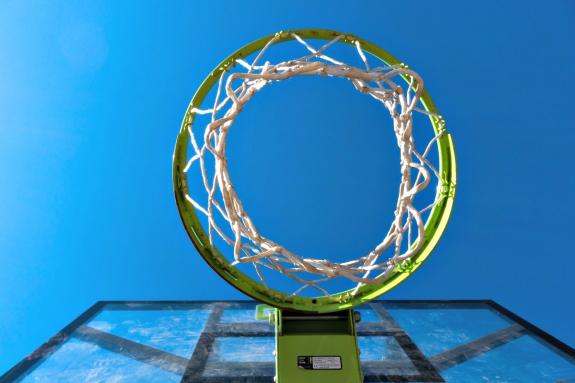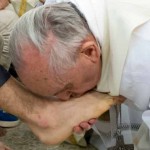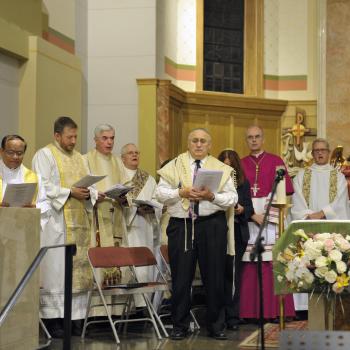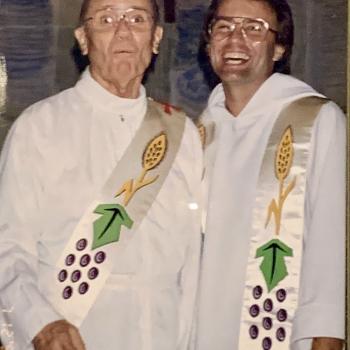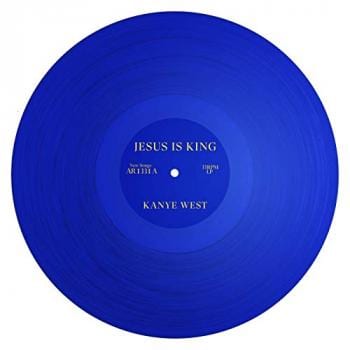Believe it or not, The New York Times sports section tackles that question:
The history of basketball excellence at Catholic colleges stretches back as long as the tournament itself. In its early decades, Holy Cross, La Salle, San Francisco and Loyola racked up titles; Marquette’s golden age was in the late 1960s and ’70s; the 1985 Final Four included three Catholic schools (St. John’s, Georgetown and Villanova); and Gonzaga has had an extraordinary run of 20 consecutive tournament berths, including in last year’s championship game.
Catholic hoops excellence is all the more stark when one looks at college sports’ broader landscape: Of the 65 members of the five football power conferences, only two are Catholic institutions — Boston College and Notre Dame.
Theological explanations are tempting.
“Of course,” joked the Rev. James Martin, the author of “The Jesuit Guide to (Almost) Everything,” “St. Ignatius of Loyola is praying for all these schools. Even Villanova.”
But there is more than just something in the holy water. Several characteristics of Catholicism in America, both sociological and spiritual, have helped determine this affinity; the Catholic Church’s decision not to abandon the urban poor in America in the second half of the 20th century, when so many other institutions did, was particularly significant.
Much of Catholic education’s historic commitment to basketball derives from demographics.
Several decades ago, many American Catholics were working-class urbanites, clustered in some of the same cities — New York, Philadelphia, Chicago, San Francisco, New Orleans — in which these schools rose up.
“Many of our schools were founded to serve immigrants and the working class — Catholics unable to get into other schools,” Martin said.
In basketball, with its inexpensive overhead, compact field of play and small number of participants, they found a sport that suited them. (The same was true of working-class Jews, for whom basketball also possesses a striking similarity with their religion — a prayer service and a regulation basketball game both require 10 people.)

